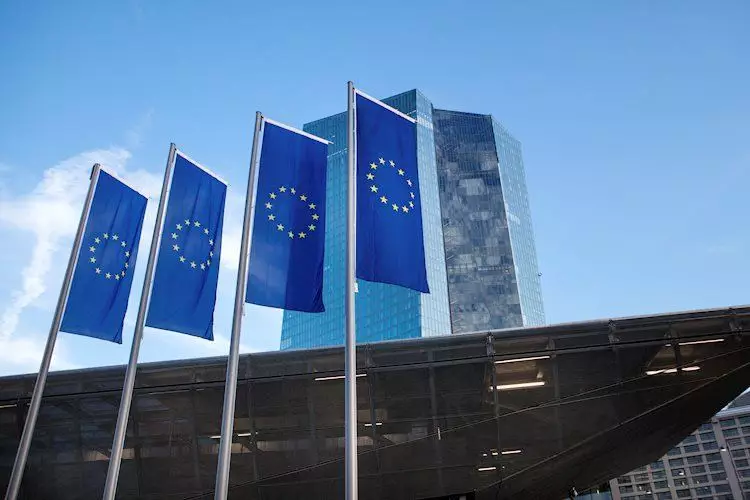The European Central Bank (ECB) plays a pivotal role in managing the monetary policy of the Eurozone, striving to maintain price stability within a target inflation rate of approximately 2%. As the Vice President of the ECB, Luis de Guindos, recently indicated, strides have been made in controlling inflation, yet it’s premature to declare complete success. This nuance is crucial for understanding the complexities underlying the current economic climate and the challenges that persist.
Evaluating Inflation Trends
While the ECB has reportedly achieved notable reductions in inflation levels, significant risks remain. The central bank’s projections suggest inflation will gradually decrease toward its target in the upcoming year. This outlook, however, is fraught with potential disruptions. Elevated domestic inflation continues to put strain on consumer confidence and economic activity. The prevailing uncertainties indicate that while progress is evident, the road ahead requires vigilance and adaptability.
The current economic landscape presents a host of risks that disproportionately skew the growth outlook to the downside. Factors such as geopolitical tensions, supply chain disruptions, and evolving global economic conditions are creating a complicated environment for financial stability. The ECB must navigate these treacherous waters carefully, balancing the need for growth stimulation against the inflationary pressures that are still felt across many sectors of the economy.
Monetary Policy Tools and Their Implications
The ECB wields several tools to navigate these economic challenges, foremost among them being the manipulation of interest rates. By adjusting these rates, the central bank can either curtail or encourage spending and investment within the Eurozone. Higher interest rates typically lead to a stronger Euro; conversely, lower rates can weaken the currency. The decision-making process, conducted by the ECB Governing Council during their regular meetings, reflects a careful consideration of both current economic indicators and longer-term forecasts.
The use of Quantitative Easing (QE) emerges as a critical focal point in ECB strategy, especially during economic crises. Historically employed during the Great Financial Crisis and other downturns, QE involves the ECB purchasing assets like government bonds to infuse liquidity into the economy. However, this approach has its downsides as it often results in a depreciated Euro. As the economy stabilizes, the ECB may pivot to Quantitative Tightening (QT), an approach where it ceases bond purchases, thus supporting a stronger Euro.
Moving forward, the European Central Bank faces a challenging balancing act. While acknowledging the significant progress made in curbing inflation, the bank must remain cautious of the persistent threats to economic growth and stability. As Guindos aptly noted, the ECB’s mission is far from achieved; rather, it is a continuous process that requires adaptive strategies and careful monitoring of external influences. Maintaining a keen awareness of these dynamics will be essential for the ECB to fulfill its mandate and foster lasting economic stability in the Eurozone.

